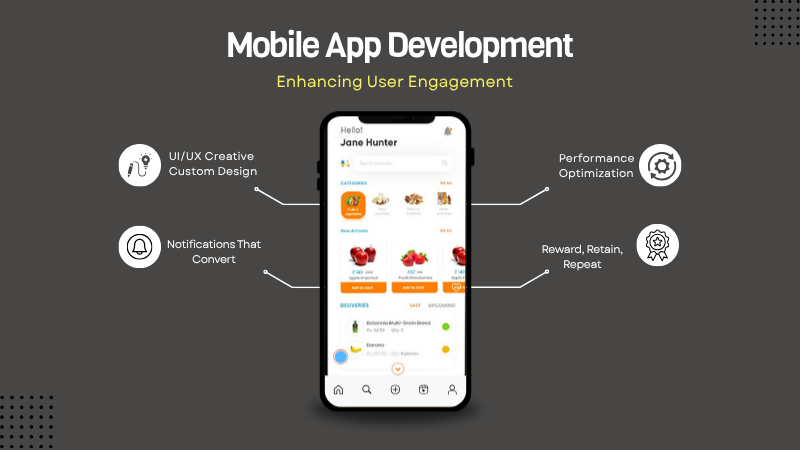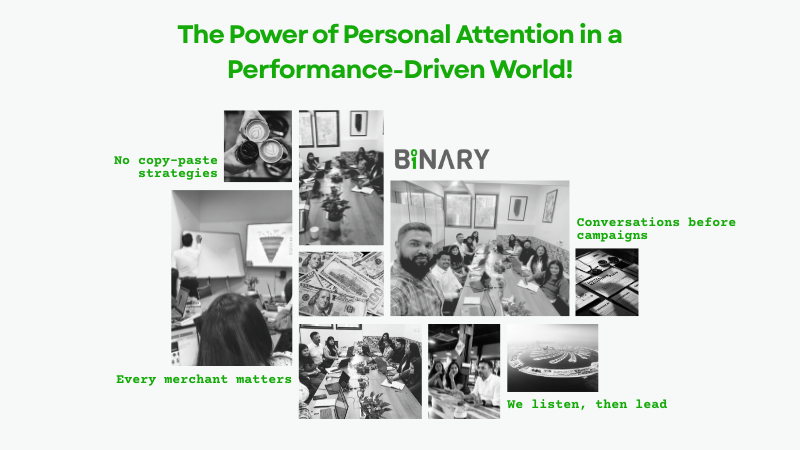As the D2C landscape evolves, achieving scalability requires brands to transcend traditional boundaries and create seamless experiences across both online and offline channels. Nailing the Online-to-Offline (O2O) formula is not just a trend—it’s becoming a critical intelligence need for brands striving to reach the next level of growth.
Understanding the O2O formula
The O2O formula involves integrating online and offline experiences to provide a cohesive customer journey. In today’s market, consumers often move fluidly between online research and offline purchasing, or vice versa. For D2C brands, mastering this duality means ensuring that the transition between these worlds is smooth and intuitive. This requires a deep understanding of the distinct performance metrics and shopper behaviors associated with each channel.
The Challenge of duality
Offline and online channels operate on different dynamics. Online platforms offer the advantage of convenience, personalized recommendations, and detailed analytics, while offline channels provide tactile experiences and immediate satisfaction. However, these differences pose challenges for brands attempting to create a unified approach. Performance metrics such as conversion rates, customer engagement, and return on investment can vary significantly between the two, necessitating a balanced strategy that addresses the unique strengths and weaknesses of each channel.
Strategies for success
-
Integrate data and insights: Successful O2O strategies start with data integration. By collecting and analyzing data from both online and offline channels, brands can gain a holistic view of customer behavior. This enables them to tailor marketing efforts, optimize inventory management, and personalize the shopping experience.
-
Enhance customer experience: Creating a seamless customer experience across channels is key. Brands should focus on ensuring that the brand identity, messaging, and value proposition remain consistent, whether a customer is engaging with them online or in a physical store. This could involve integrating online features like digital catalogs or loyalty programs into offline experiences or providing online customers with options for in-store pickups or returns.
-
Leverage technology: Technologies such as AI, augmented reality (AR), and mobile apps can bridge the gap between online and offline worlds. For example, AI-driven personalization can be used to recommend products online based on in-store behavior, while AR can offer virtual try-ons that enhance the online shopping experience.
-
Optimize supply chain: The O2O approach also requires a flexible and responsive supply chain. Brands must ensure that inventory levels are optimized across all channels to meet customer demand promptly. Real-time inventory management systems can help in aligning stock levels with actual consumer needs, reducing the risk of stockouts or overstocking.
-
Focus on scalability: As brands grow, their O2O strategies must scale accordingly. This means continually refining processes, investing in new technologies, and adapting to changes in consumer behavior. Scalability also involves expanding the brand’s reach by exploring new markets, both online and offline.
Conclusion
Building a brand without borders is no longer a futuristic concept—it’s a necessity for D2C brands looking to thrive in today’s competitive market. By mastering the O2O formula, brands can create a unified, seamless experience that meets the diverse needs of their customers across all channels. The future of retail lies in this integration, where online and offline worlds converge to create powerful, scalable, and customer-centric brands.

















